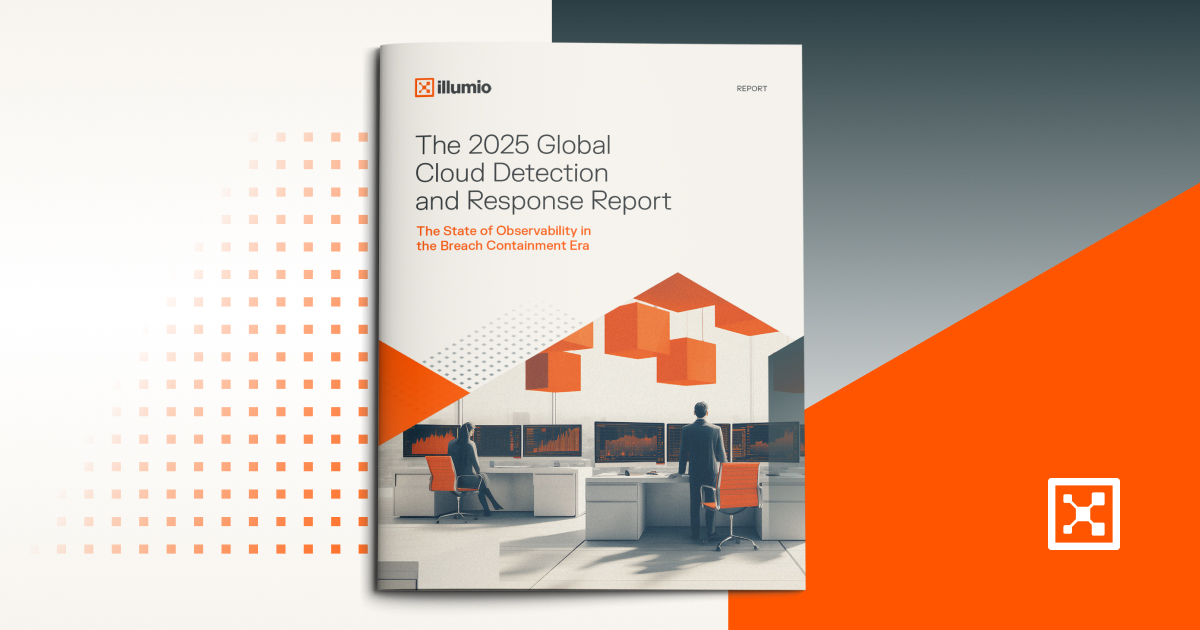If You Have Only Visibility, Your Zero Trust Strategy is Already Falling Behind
For years, security leaders have been told the same story: your biggest gap is visibility. If you can’t see into your hybrid, multi-cloud environments, you can’t possibly defend them.
And it’s true that the visibility problem is critical — and largely solved.
Based on findings from our new 2025 Global Cloud Detection and Response Report, 80% of organizations are monitoring hybrid communications and 77% are watching east–west traffic.
Those numbers are impressive. But the catch is that nearly half of those organizations admit the visibility they have isn’t useful because it lacks context.
Visibility alone leaves teams simply watching their network without knowing what really matters.
Visibility doesn’t equal understanding
The crux of the challenge is that visibility into your network doesn’t mean you understand what you’re seeing.
Security operations centers (SOC) are buried under alerts from firewalls, endpoint tools, and identity systems. Each data source provides a sliver of the picture, but very few teams can connect the dots to see the whole attack path.
That’s why alert fatigue is so pervasive. Our report found teams spend 14 hours a week on average chasing false positives, and two-thirds of SOC leaders say their teams are overwhelmed by alert volume.
Without context, every alert feels urgent, or maybe none of them feel urgent. Analysts end up down rabbit holes, burning time and energy on connections that turn out to be legitimate business traffic.
It’s no surprise that burnout and morale problems follow. Nobody wants to be the person who misses the one alert that mattered.
Why context is so hard
So why aren’t organizations better at building context into their visibility? Simply put, it’s difficult.
Compliance asks if you have visibility, not if you can use it. Leadership checks the box and moves on.
Meanwhile, SOC analysts are left with data they can’t stitch together into meaningful insight. And in hybrid environments, connecting events across on-premises, cloud, and edge infrastructure is exponentially harder.
Even with the best tools, most organizations lack a baseline of what “good” connectivity looks like in their network. In fact, 58% of organizations say they struggle to establish normal traffic patterns in their environment.
If you don’t know what’s required in your environment, how can you spot what’s suspicious?
Without that baseline and connected context, visibility is just noise.
Zero Trust demands more than monitoring
This is also where Zero Trust reframes the visibility conversation.
Zero Trust helps you be proactive against breaches. It demands that you contain the blast radius before an attacker can spread.
That’s not possible with raw visibility alone. You need to pair visibility with context — an understanding of which connections are legitimate, which are unnecessary, and which are dangerous.
This is where security graphs grounded in AI observability make the difference. Observability turns raw visibility into insight by showing not just what is happening but why.
A security graph then connects those insights across every workload, user, and system to reveal relationships, dependencies, and potential attack paths.
Together, they transform noise into a map of risk and resilience. This gives SOC teams the context to know which connections matter and where containment policies should be applied.
The context gap matters now
The security industry may have the visibility problem largely solved. But the increasing context gap is alarming.
What’s missing is understanding — observability that transforms raw data into actionable insights, combined with security graphs that tie those insights together into a map of how your environment really works.
Our report shows 70% of organizations admit they can’t track lateral movement across environments in real time, proof that visibility alone doesn’t cut it.
Zero Trust gives us the framework, security graphs give us a way to connect the dots at scale, and observability delivers the insights. Ultimately, though, the shift has to start now, with leaders asking not just “can we see?” but “do we understand?”


